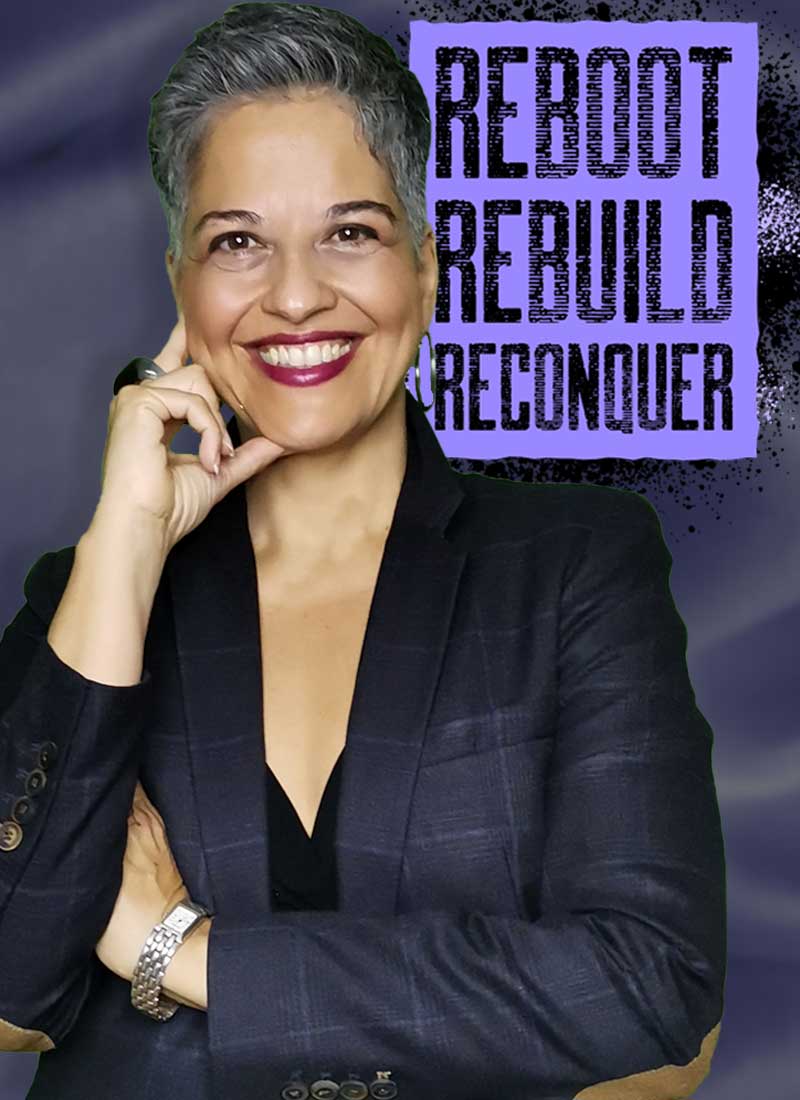A few years ago I was working for the world’s second largest spirits company. I was the first saleswoman the organisation had in Spain, its most strategically important market in Europe. I was given a geographical area, set the sales targets and after a training period on the field, I began my 6-month baptism-by-fire sales experience on the on-trade. I was selling a wide portfolio of wines and spirits to restaurants, bars and discos in Madrid.
Being the first woman on the sales-force was a daunting yet pleasantly challenging task. It would have been easy to worry and focus on the obvious differences I had from my colleagues, yet I chose to just get down to hard graft and prove that I could be as good as any of them, and still be a woman.
My strategy worked. I was embraced by the team, who recognised that the: 8:30 am – 3:00 am work-day was hard even for the hardiest of sales-men; yet I performed it without a squeak. I was diligent and focused, soaking in every second of mentoring I could from my colleagues. Each one had a specialty, and I would observe and try to assimilate the best of each.
The reason I recall this really professionally tough but wonderful, learning-wise, period is because I was able to appreciate the hard work involved in brand-building from the grass-roots. Whilst I had earned a distinction in my MSc in International Marketing, ivory-tower strategy setting, I learnt, was folly. A great example which I will never forget was a 50-page questionnaire that we were expected to take our customers through to find out their views on various areas relating to the products and to the brands. As anyone has ever entered a restaurant when preparing for service may appreciate, the hospitality trade is highly stressful with little time to spare for managing their own business, let alone their suppliers’. When I was not-so-kindly told to F… Off (some in the trade are not mindful of manners either), I was shocked. However, the irony is, I could not blame the customer. I would have said / done the same thing.
Interestingly, when I prepared a full report for senior management on my experiences on the on-trade and strategies for optimising the sales-force and streamline brand-building with really innovative ideas generated from the grass-roots, the report was deemed by some as a series of anecdotes and nothing more.
I was once again shocked and horrified – this time very negatively, by the culture of the organisation. Instead of trying to understand why these strategies were considered important, they were waved off as “fluff”. It is no wonder that this organisation does not exist any more, falling prey to acquisition by a bigger player and divesting brands and non-profitable business units.
Throughout my career, I have always remembered this experience and when someone came to me with an idea or a new way of doing this, I would always listen. Why?
• Innovation in business stems from individuals being given the freedom to take the liberty of suggestion. Google knows this all too well.
• Listening is the greatest part of communication; if the other feels they are genuinely heard, then they feel that their contribution to the business or cause is positive – they feel that they are bringing something to the table
• Leadership is about enabling others bloom – if that senior management had allowed me to implement with passion something that I knew would make the difference to building brands, they would have been able to bask in the glory of success. Unfortunately, most often the “not from here” syndrome takes over (as in my case), belittling others’ hard work and ignoring it all together is common. Who has the last say, however? Your employee – you have invested significant sums to train them, and they can just walk (as I did, I consequently took my learning and left the organisation altogether).
• One small change, can lead to great market shifts. Entrepreneurs know that being nimble and tweaking their product or service allows them to tap into markets that they may not have considered before.
• Bottoms-up market innovation: As with my experience, traditional companies have a top-to-bottom approach to innovation and management. In theory, senior management have the most experience and so have more authority to set the vision. However, I would argue that a bottom-up approach is more effective: the grass-roots employees have a direct line to customers, hear the complaints, see the response to marketing and sales activities. This needs to be mixed in with the in-depth experience from senior management to make innovation cocktail a reality.
Finally, you may have noticed a lot about this article relates to “feelings” – feeling heard, appreciated, making a difference; engaging employees to be passionate and real advocates for what they do and where they work… Ironically, this is all about a feelings-based-business. So while we may talk about productivity in metrics, what makes the quotient rise are not numbers; it is the behaviours, the stories of the business, the subtle signals of encouragement that make the difference.
So, how will you create your innovation cocktail in your business?
